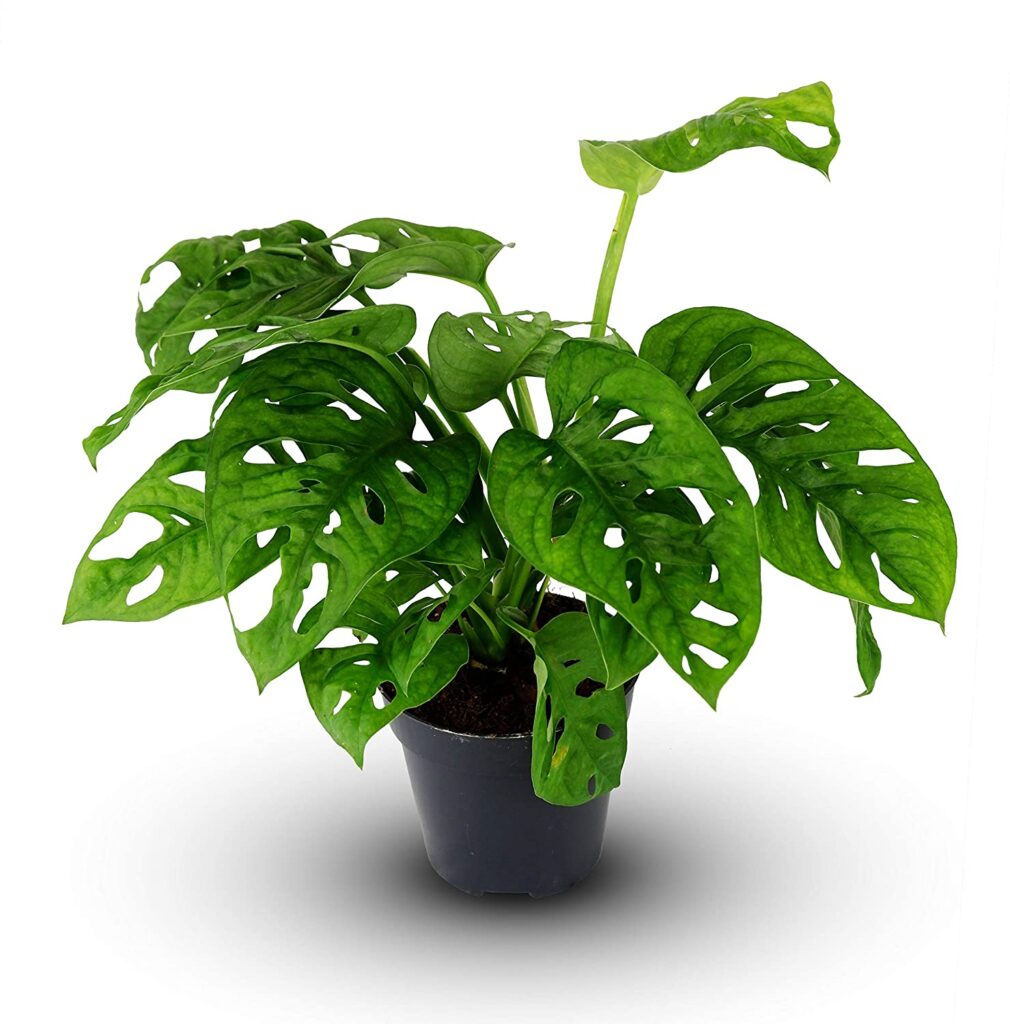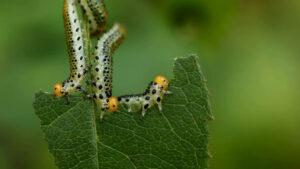Houseplants have become more than just decorative pieces in our homes—they are expressions of personal style and green thumbs. Among the sea of common houseplants, a special category stands out: hard-to-find houseplants. These rare beauties not only enhance your home’s aesthetic but also showcase your dedication as a plant parent. In this blog post, we’ll delve into what makes these plants so elusive, why they’re worth seeking out, and how to care for them. By the end, you’ll be equipped with the knowledge to elevate your plant collection and become the coolest plant parent on the block.
On This Page
What Are Hard-to-Find Houseplants?
Definition and Characteristics
Hard-to-find houseplants are those that are not easily available at your local nursery or big-box store. Their rarity can be attributed to several factors:
- Geography: Some plants are native to specific regions and are difficult to cultivate outside their natural habitat.
- Cultivation Methods: The growing conditions required for these plants can be complex, making them harder to produce on a large scale.
- Popularity: Many of these plants are considered rare due to limited demand or their recent introduction to the market.
These factors contribute to their elusive nature, making them prized possessions for enthusiasts.
Examples of Hard-To-Find Houseplants
Here are a few examples of hard-to-find houseplants that we will explore in detail later in this post:
- Monstera Obliqua
- Variegated String of Pearls
- Blue Star Fern (Phlebodium aureum)
- Anthurium Clarinervium
- Alocasia Silver Dragon
- Hoya Cortesii
- Raphidophora Tetrasperma
- Begonia Maculata
- Tetrastigma Sterculia
These plants are sought after for their unique appearances and the challenge they present to plant enthusiasts.
Why You Should Consider Rare Houseplants
Aesthetic Appeal
One of the primary reasons to seek out hard-to-find houseplants is their aesthetic appeal. These plants often feature unique colors, shapes, and textures that stand out in any plant collection. For instance, the Monstera Obliqua has delicate, fenestrated leaves that are a showstopper in any setting. Incorporating such distinctive plants into your decor can create a conversation-worthy focal point.
Collectibility and Value
Rare houseplants are not just about looks; they also hold collectible value. As the popularity of certain plants grows, their value can increase, making them a worthwhile investment. For example, a mature Variegated String of Pearls can fetch a significant price due to its rarity and the care required to grow it.
Conversation Starters
Having a collection of hard-to-find houseplants makes you a conversation starter. Friends and visitors are likely to be intrigued by your unique plant selections. The Alocasia Silver Dragon with its striking, metallic leaves, or the Anthurium Clarinervium with its heart-shaped foliage, are bound to spark interest and admiration.
How to Care for Hard-To-Find Houseplants
Basic Care Requirements
Caring for hard-to-find houseplants involves understanding their specific needs. Here’s a general guide:
- Light: Many rare plants require specific light conditions. For example, the Hoya Cortesii thrives in bright, indirect light.
- Water: Overwatering or underwatering can be detrimental. The Blue Star Fern prefers consistently moist soil but can be sensitive to waterlogging.
- Soil: The right soil mix is crucial. Plants like the Raphidophora Tetrasperma need well-draining soil to prevent root rot.
Common Challenges
Owning rare plants can present challenges:
- Pests: Rare plants can be susceptible to pests like spider mites or mealybugs. Regular inspection and proper treatment are essential.
- Diseases: Diseases such as powdery mildew or root rot can affect these plants. Ensuring proper air circulation and avoiding overwatering can help mitigate these issues.
Tips for Success
- Research: Before purchasing, research each plant’s specific needs to ensure you can meet them.
- Humidity: Many rare plants, like the Begonia Maculata, thrive in high humidity. Using a humidifier or placing plants on a pebble tray can help.
9 Hard-To-Find Houseplants to Elevate Your Collection
1. Monstera Obliqua
- Description and Unique Features: The Monstera Obliqua is renowned for its delicate, perforated leaves. Unlike the common Monstera Deliciosa, this plant has more extensive leaf fenestrations, giving it an airy, lace-like appearance.
- Care Requirements: Prefers high humidity and bright, indirect light. Keep the soil consistently moist but not soggy.
- Where to Find: Available at specialty plant shops and online retailers such as Bloom & Wild.
2. Variegated String of Pearls

- Description and Unique Features: This plant features cascading strings of spherical, variegated leaves. The Variegated String of Pearls is a stunning addition to any hanging planter.
- Care Requirements: Requires bright, indirect light and well-draining soil. Water sparingly, allowing the soil to dry out between waterings.
- Where to Find: Check out nurseries like The Sill for availability.
3. Blue Star Fern (Phlebodium aureum)

- Description and Unique Features: The Blue Star Fern stands out with its blue-green fronds and unique shape. Its color and texture make it a distinctive addition to any plant collection.
- Care Requirements: Thrives in bright, indirect light and high humidity. Keep the soil evenly moist.
- Where to Find: Look for this fern at The Plant Outlet.
4. Anthurium Clarinervium

- Description and Unique Features: This Anthurium is known for its striking, heart-shaped leaves with prominent white veins. Its dramatic foliage adds elegance to any space.
- Care Requirements: Prefers bright, indirect light and high humidity. Maintain consistently moist soil.
- Where to Find: Available at specialty stores like Logee’s.
5. Alocasia Silver Dragon

- Description and Unique Features: The Alocasia Silver Dragon features stunning silver-green leaves with intricate veining. Its unique appearance makes it a standout in any plant collection.
- Care Requirements: Needs bright, indirect light and well-draining soil. Water when the top inch of soil feels dry.
- Where to Find: Check out Plant Delights Nursery for availability.
6. Hoya Cortesii

- Description and Unique Features: This Hoya variety is known for its waxy, round leaves with a unique pattern. It’s a beautiful and low-maintenance plant.
- Care Requirements: Prefers bright, indirect light and well-draining soil. Allow the soil to dry out between waterings.
- Where to Find: Look for this plant at Leaf & Clay.
7. Raphidophora Tetrasperma

- Description and Unique Features: Often mistaken for a smaller Monstera, the Raphidophora Tetrasperma features similar fenestrated leaves but in a more compact form.
- Care Requirements: Thrives in bright, indirect light and requires well-draining soil. Keep the soil moist but not soggy.
- Where to Find: Available at The Urban Botanist.
8. Begonia Maculata

- Description and Unique Features: Known for its distinctive polka-dotted leaves, the Begonia Maculata is both striking and elegant. Its unique foliage pattern makes it a favorite among collectors.
- Care Requirements: Needs bright, indirect light and high humidity. Water when the top of the soil is dry.
- Where to Find: Check out Etsy for sellers specializing in rare Begonias.
9. Tetrastigma Sterculia
- Description and Unique Features: This plant is noted for its large, glossy leaves and vigorous growth. It’s an excellent choice for adding a touch of tropical to your home.
- Care Requirements: Prefers bright, indirect light and well-draining soil. Keep the soil consistently moist.
- Where to Find: Look for it at The Greenhouse.
Tips for Finding and Purchasing Hard-To-Find Houseplants
Online vs. Local Nurseries
- Online: Websites like The Sill and Bloom & Wild offer a wide range of rare plants. They often have better availability but can be more expensive.
- Local Nurseries: Visiting local nurseries and plant shops can sometimes yield surprising finds and allow you to inspect the plant before purchase.
Using Social Media and Plant Groups
- Social Media: Platforms like Instagram and Facebook have plant communities where enthusiasts share tips and sell rare plants. Join groups and follow hashtags related to rare plants.
- Plant Groups: Online forums and local plant clubs are great for networking and finding rare plants. Websites like Reddit’s r/houseplants are valuable resources.
Price Considerations
- Budget: Rare plants can be pricey. Set a budget and prioritize plants based on your collection goals and the care you can provide.
- Value: Consider the long-term value and potential appreciation of the plant as part of your investment.
Common Mistakes to Avoid with Rare Houseplants
Overwatering and Underwatering
- Overwatering: This is a common issue. Ensure pots have proper drainage and only water when the soil is dry. Plants like the Hoya Cortesii are particularly sensitive to overwatering.
- Underwatering: Conversely, underwatering can also harm your plant. Check soil moisture regularly and adjust watering schedules as needed.
Incorrect Light Conditions
- Light Needs: Understand the light requirements of each plant. For example, the Alocasia Silver Dragon prefers bright, indirect light. Too much or too little light can affect plant health.
Ignoring Plant Needs
- Research: Thoroughly research each plant’s needs before purchasing. This includes understanding humidity levels, soil types, and potential pests.
- Regular Care: Develop a routine for regular care and maintenance to keep your rare plants healthy and thriving.
Conclusion
Incorporating hard-to-find houseplants into your collection not only adds a unique touch to your home but also showcases your commitment as a plant enthusiast. From the delicate Monstera Obliqua to the stunning Tetrastigma Sterculia, these plants bring unparalleled beauty and charm. By understanding their specific needs and avoiding common pitfalls, you can successfully nurture these rare gems and impress everyone with your plant parenting skills.
Explore these plants, consider their care requirements, and enjoy the journey of becoming the coolest plant parent on the block!









